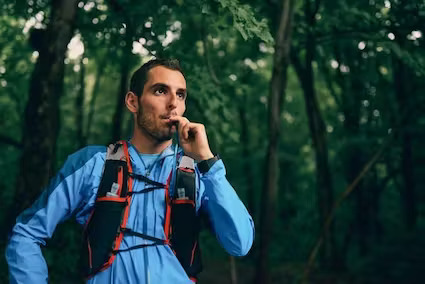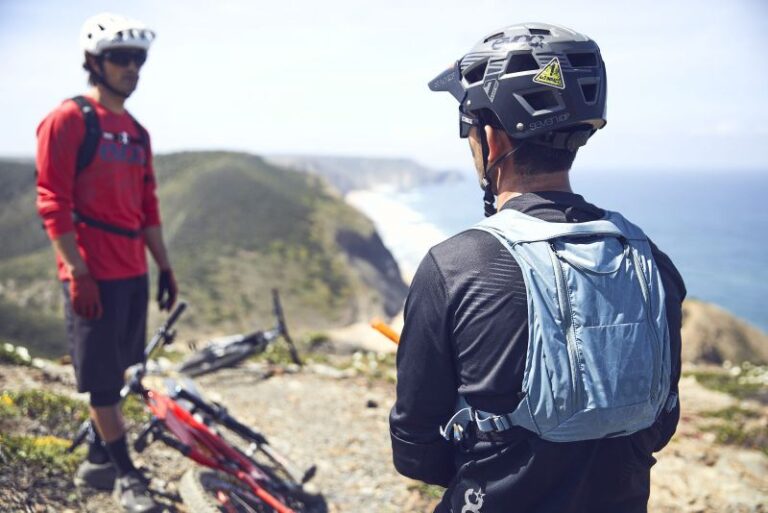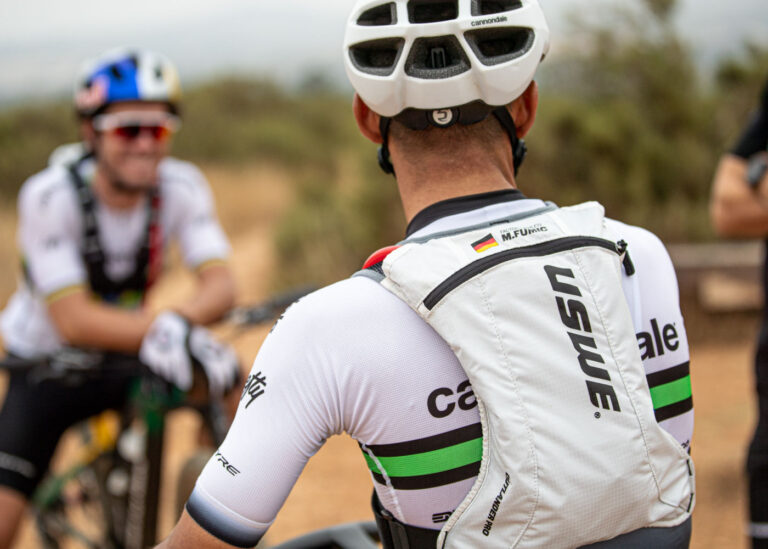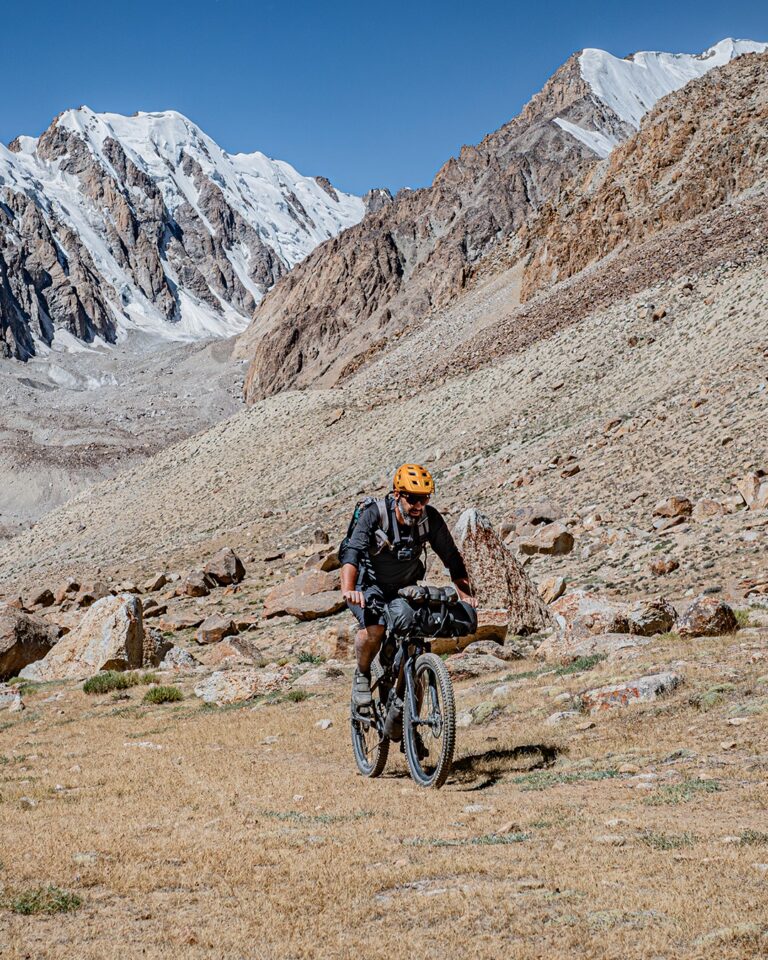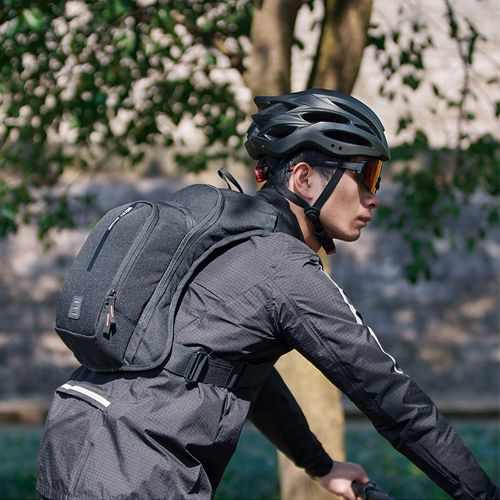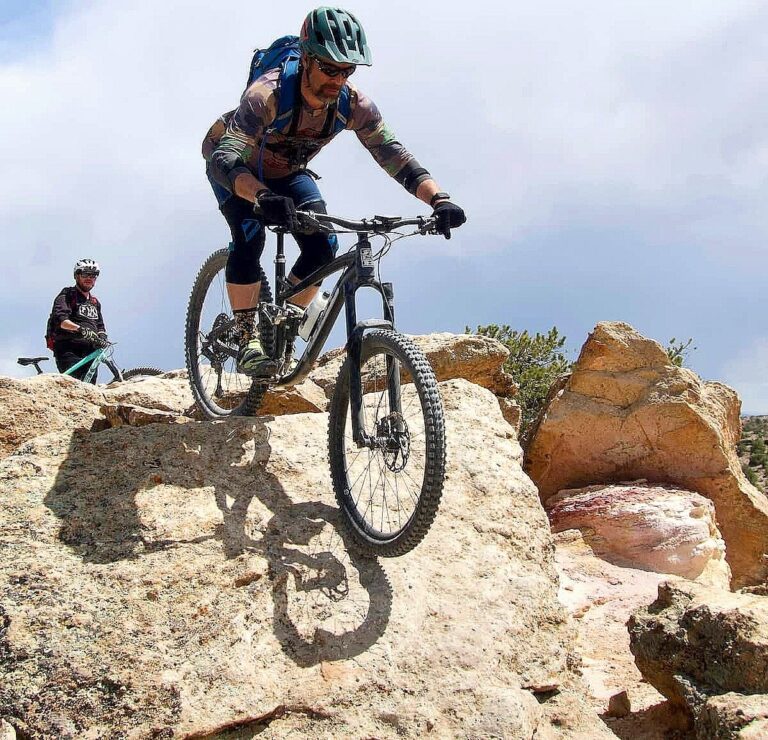The Perfect Volume: Hydration Pack Capacity for Different Rides
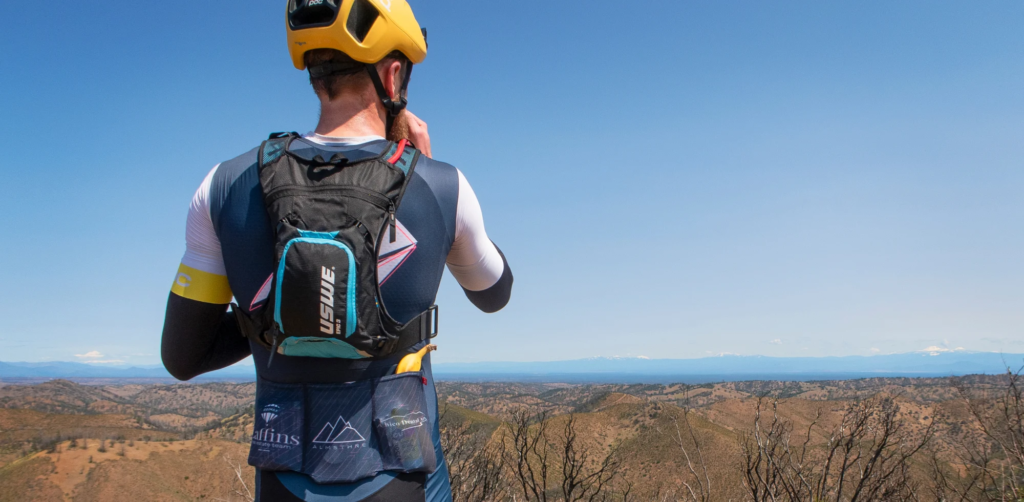
Key Point Summary of Hydration Pack Capacity for Different Rides:
- Understanding Hydration Pack Volume: Exploring the ideal hydration pack sizes for various cycling trips.
- Personal Experience Insights: How my journey as a master cyclist influences hydration pack choices.
- Tips for Beginners to Mid-level Cyclists: Practical advice on selecting the right hydration pack.
In my extensive journey as a master cyclist, I’ve navigated various terrains and cycling disciplines – from the smooth tarmac of road biking to the unpredictable paths of mountain biking. Each type of ride demands a unique approach to hydration, and understanding this can greatly enhance your cycling experience.
Road Biking: Long Rides
For long-distance road biking, efficiency and aerodynamics are key. You’re likely to cover vast distances with fewer opportunities for refills. I recommend a hydration pack around 2-3 liters. It’s a balance between carrying enough water and maintaining a streamlined form. On a century ride last summer, my 3-liter pack was a perfect companion, providing ample hydration without being a drag.
Gravel Biking: The Middle Ground
Gravel biking blends the endurance of road biking with the ruggedness of off-road riding. Here, a medium-sized pack (around 2 liters) works well. It offers enough capacity for longer rides without being too bulky. Remember, gravel paths can be remote, so extra water might be crucial.
Trail Riding: Compact and Agile
When I’m out trail riding, agility is as important as hydration. A smaller pack (1.5 liters) is ideal. It’s light, doesn’t hinder movement, and is sufficient for shorter, intense rides. Trail riding often involves more technical skills, so a bulky pack can be a nuisance.
Cross Country Riding: Endurance and Efficiency
In cross-country riding, endurance is the name of the game. A larger pack (2-3 liters) is advisable, as these rides can be long and exhausting. Last fall, during a cross-country race, my 2.5-liter pack was a lifesaver, providing hydration throughout without needing a refill.
Mountain Biking: Prepare for the Unpredictable
Mountain biking is where you encounter the most unpredictable conditions. I opt for a larger hydration pack (3 liters or more) to ensure I have enough water for the whole ride. Mountain bike trails can take you far from refill points, and the physical exertion is high.
In our research on hydration packs, we’ve uncovered their crucial role in mountain and gravel biking, particularly in Southern California’s diverse terrain. These packs offer not just hydration convenience but also essential storage for tools and snacks, vital in the region’s often arid and unpredictable landscapes. As a SoCal rider, I’ve personally experienced the significant benefits of having a hydration pack during long rides in remote areas, making it an indispensable gear for any cyclist tackling these trails. Source: Why You Want to Mountain Bike Gravel Bike with a Hydration Pack: A SoCal Rider’s Perspective.
From rugged mountain trails to smooth gravel paths and the challenge of cyclocross courses – I’ve learned a thing or two about the importance of staying hydrated. Selecting the right hydration pack capacity for your cycling trips is not just a matter of convenience; it’s a crucial aspect of your performance and enjoyment on the ride. In this post, I’ll share insights and tips to help fellow cyclists choose the perfect hydration pack for their adventures, especially those with beginner to mid-level experience.
Understanding Hydration Pack Volume
The hydration pack capacity you need largely depends on the duration and type of your ride. For short, local trips, a smaller pack (around 1.5 to 2 liters) is often sufficient. It’s lightweight and won’t weigh you down. On longer, more demanding rides, a larger pack (3 liters or more) can be a lifesaver, providing enough water to keep you hydrated.
I remember a particular mountain biking trip where my compact 1.5-liter pack was woefully inadequate. The ride was longer and more challenging than anticipated, and halfway through, I was rationing sips to make it back. Lesson learned: always consider the length and intensity of your ride when choosing your hydration pack.
Personal Experience Insights
Through various cycling disciplines, I’ve discovered that different rides demand different hydration strategies. On my mountain biking excursions, where the physical effort is intense, and the opportunities to refill water are scarce, a larger pack is essential. However, when I’m out on my gravel bike, where the pace is steadier and access to water refills is more common, a smaller pack often suffices.
Cyclocross races, though short, are incredibly intense. Here, the hydration strategy shifts to pre-race preparation. I prefer a moderate-sized pack (around 2 liters) for pre-ride hydration, ensuring I start the race fully hydrated.

Tips for Beginners to Mid-level Cyclists
- Match the Pack to the Ride: Assess the nature of your ride. If it’s a long, remote route, lean towards a larger capacity. For short, casual rides, a smaller pack is more convenient.
- Comfort is Key: A well-fitting hydration pack can make a significant difference. Ensure your pack sits snugly and doesn’t bounce around during your ride.
- Consider Refill Opportunities: If you’re riding in an area with plenty of water sources, you can opt for a smaller pack and refill as needed.
- Extra Storage Space: Some hydration packs come with additional storage for tools, snacks, and spare tubes. This can be a game-changer on longer rides where you need more than just water.
- Maintenance is Important: Keep your hydration pack clean and dry between rides to prevent mold and bacteria growth.
Additional Tips:
- Adjust According to Weather: On hot days, increase your water capacity regardless of the ride type.
- Training vs. Racing: You might need less water for a race, where speed is a priority, compared to a training ride.
- Experiment: Try different sizes to see what works best for you. Comfort and convenience should guide your choice.
Based on recent reviews and rankings for 2024, some of the best hydration pack brands include:
- Osprey Hydration Packs: Known for the Skarab and Skimmer hydration packs, Osprey offers comfort and durability, with models tailored for both men and women.
- CamelBak Hydration Packs: A leader in the hydration pack market, CamelBak’s HydroBak hydration pack is praised for its ultralight design, perfect for short, light trips.
- TETON Sports Hydration Packs: Providing affordable options like the Oasis 18 and Oasis 1100 hydration packs, TETON Sports is a budget-friendly choice that maintains quality.
- Hydro Flask Hydration Packs: The Down Shift 14 hydration pack from Hydro Flask is known for its Cold Flow™ system and IsoBound™ insulation, keeping water cold for extended periods during cycling or hiking.
These hydration pack brands are recognized for their quality, functionality, and design, catering to various outdoor activities and user preferences.
At Cyclists Authority, we’re dedicated to bringing you the top-rated and best-ranked hydration packs specifically designed for mountain and gravel biking. Our focus is on providing detailed, expert evaluations of hydration packs that excel in durability, comfort, and functionality to meet the unique needs of off-road cycling. Whether you’re navigating the rugged mountain trails or embarking on a gravel biking adventure, our recommendations are tailored to enhance your riding experience with optimal hydration solutions. We thoroughly assess and compare various brands and models on Best Hydration Packs to ensure you get the most reliable and efficient hydration packs for your outdoor cycling adventures.
Selecting the right hydration pack capacity isn’t just about quenching your thirst; it’s about enhancing your performance and enjoyment of the ride. Whether you’re gliding on the road, navigating gravel paths, tackling trails, enduring cross country, or conquering mountain terrains, the right hydration strategy is key.
In conclusion, the right hydration pack can make your cycling experience much more enjoyable and efficient. As a cyclist who has navigated various terrains and challenges, I can’t stress enough the importance of choosing a hydration pack that suits your ride. Keep hydrated, stay prepared, and enjoy the ride!
FAQ
Are hydration packs good for you?
Yes! Hydration packs are generally good for you, especially if you are engaged in activities like hiking, biking, or running where staying hydrated is crucial. They provide a convenient and efficient way to carry and access water, which is essential for maintaining hydration during prolonged physical activity. Hydration packs can also help in evenly distributing the weight of the water you carry, making it more comfortable than carrying water bottles. This can lead to better performance and a more enjoyable experience during your activities.
Which brand of hydration pack is the best?
Osprey is renowned for its high-quality craftsmanship, with models like the Raptor 10 and Skarab series. These packs offer a great balance of comfort, storage, and ease of use. The Raptor 10, in particular, is well-suited for hiking, thanks to its semi-rigid back and special baffles that provide stability and minimize liquid movement, making it a solid choice for bumpy mountain trails. The Skarab series, with its wide-mouth opening and multiple storage options, is also highly praised.
CamelBak, on the other hand, offers the M.U.L.E. and Chase Bike Vest, which are particularly favored by cyclists. The M.U.L.E. features a flexible, all-around reservoir that conforms well to the back, especially when leaning forward on a bike. It also has a shut-off valve for easy hose detachment, even with a full bladder. The Chase Bike Vest is known for its lightweight, minimal design, and large front pockets for easy access to essentials while on the move.
Both brands design their hydration packs with comfort and functionality in mind, but the choice between them might depend on the specific activity and personal preference for features like reservoir flexibility, ease of filling, and the amount of storage space needed
Keep these insights in mind, stay hydrated, and enjoy the journey!
John
